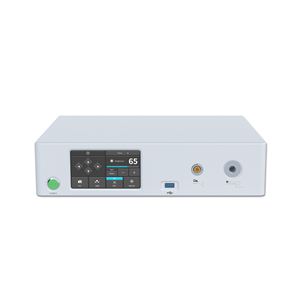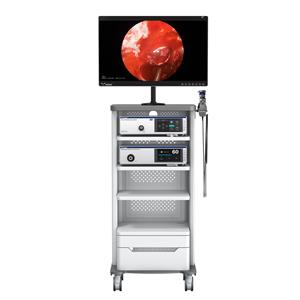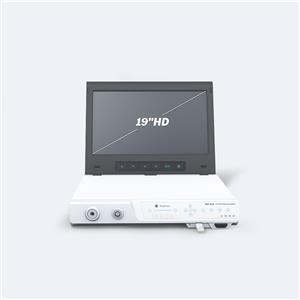Veterinary endoscope applied to foreign body removal from digestive tract
Endoscopy is generally used mainly for digestive tract problems, but the use of endoscopy is much more than that! Endoscopy can also be used for biopsy and aspiration, biopsy tissue can be cut away from the diseased area, and the use of veterinary endoscope can provide A clearer mirror image of the pet's body, so that problems and diseases can be found, helping veterinarians make more accurate diagnoses, and help pets recover in time.
Veterinary endoscope applied to foreign body removal from digestive tract。
Dogs are omnivores and often ingest stones, plastic toys, food bags, and other objects; cats usually ingest linear substances, which are often entangled under the cat's tongue or in the pylorus, causing intussusception.
High-density substances (such as bones, fish hooks, etc.) can be diagnosed by X-rays, while some low-density substances (such as rags, leather, etc.) are difficult to be determined by X-rays, and even the administration of barium preparations is sometimes very difficult. It is difficult to determine the type, material and size of foreign objects. The size and type of foreign bodies in the digestive tract can be accurately diagnosed through endoscopy, and a more certain basis for further treatment can be found.
The operation process of endoscopic foreign body removal:
The endoscope will slowly pass through the throat and slowly advance along the esophagus. Enter the stomach through the cardia. At the same time, there may be air bubbles and food residues in the stomach. At this time, the electric suction can be turned on for flushing and exhausting. Change the direction of the endoscope lens and the distance of forward and backward, carefully observe and look for suspicious foreign bodies in the stomach until they are found. The foreign body can be grasped by forceps with different functions, the size and nature of the foreign body can be confirmed, and some diseased tissues can be collected for inspection. For small foreign bodies, try to use the forceps heads of various functions to clamp the foreign bodies out of the body with the endoscope (such as: rat-tooth forceps, alligator-nose forceps, three-claw forceps, magnetic attraction rods, net blue, snare and jacket. tube, transparent cap, etc.), saving the pain of animal surgery.
The minimally invasive technology of veterinary endoscope has been widely used in small animal clinics in Europe and the United States.
- NEWS
- BLOG
- Industry News
- Company News




